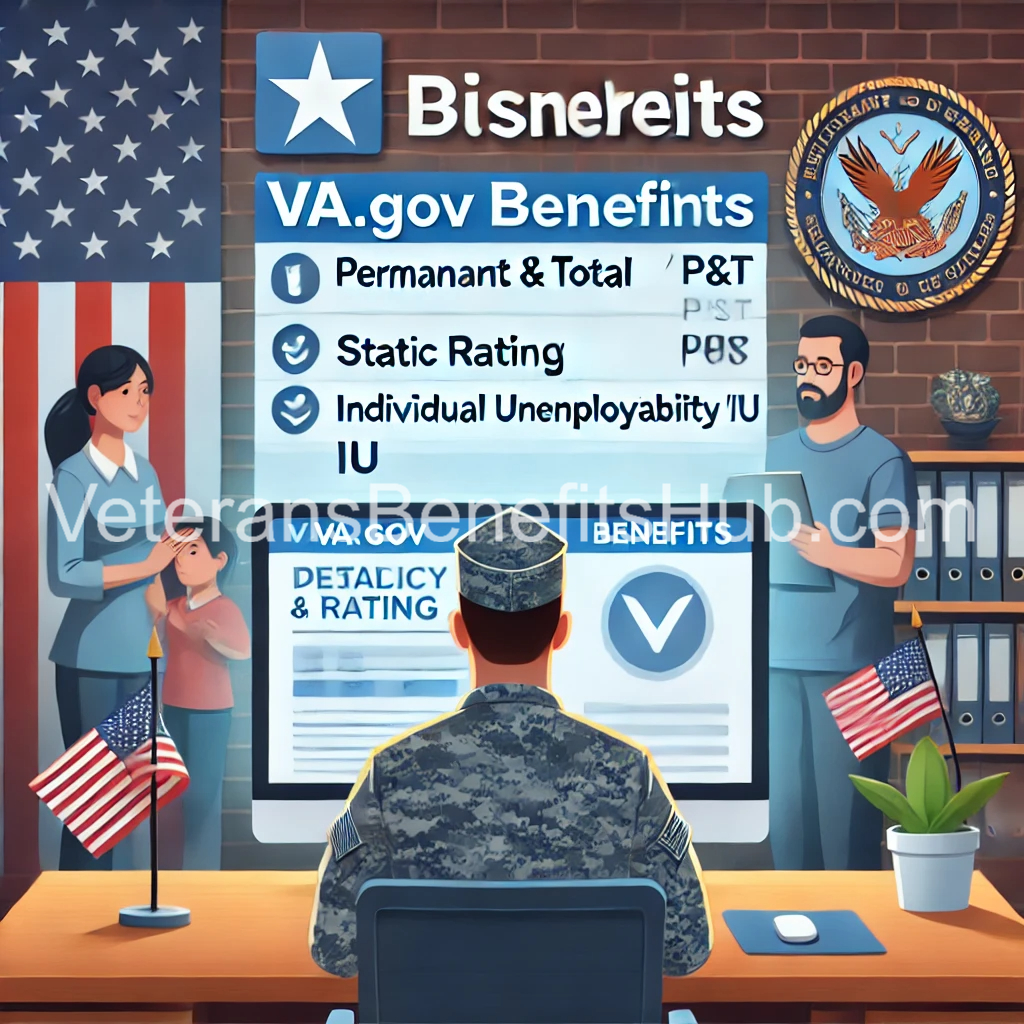Lower Back Pain Secondary VA Claims – An Effective Strategy to Not Miss Out!

Lower back pain is a prevalent issue among veterans, often stemming from the physical demands of military service. Understanding the Department of Veterans Affairs (VA) disability ratings for back-related conditions is crucial for veterans seeking compensation.
Establishing a Disability Rating for Back Pain
The VA evaluates back pain under the General Rating Formula for Diseases and Injuries of the Spine. For conditions like lumbosacral strain, ratings are primarily based on the range of motion and the presence of symptoms such as muscle spasms or guarding. A 40% disability rating, for instance, may be assigned if forward flexion of the thoracolumbar spine is 30 degrees or less, or if there is favorable ankylosis of the entire thoracolumbar spine.
Secondary Conditions Related to Back Pain
Back pain can lead to several secondary conditions that may also qualify for VA disability compensation:
-
Radiculopathy: This condition involves nerve damage causing pain, numbness, or weakness in the extremities. The VA rates radiculopathy based on severity:
- Mild symptoms: Typically warrant a 10% to 20% rating.
- Moderate symptoms: May receive a 20% to 40% rating.
- Severe symptoms: Can be rated up to 50%.
- Complete paralysis: May result in a rating up to 90%.
If you experience such symptoms, it’s essential to consult a VA-accredited medical professional for proper diagnosis and treatment.
-
Arthritis: Chronic back pain can lead to degenerative arthritis. The VA rates degenerative arthritis under Diagnostic Code 5003, with ratings of 10% or 20%, depending on the number of joints affected and the presence of incapacitating episodes.
-
Depression: Chronic pain often contributes to mental health conditions like depression. The VA evaluates depression under the General Rating Formula for Mental Disorders, with ratings ranging from 0% to 100%, based on the severity and impact on daily functioning.
Pursuing VA Disability Benefits
Veterans suffering from lower back pain and related secondary conditions should seek medical attention to obtain accurate diagnoses. Proper documentation and medical evidence are vital when applying for VA disability benefits. For comprehensive information on eligibility and the application process, visit the VA’s official Disability Compensation page.
Understanding the VA’s rating system and the potential for secondary conditions can empower veterans to effectively navigate the benefits process and secure the compensation they deserve.








